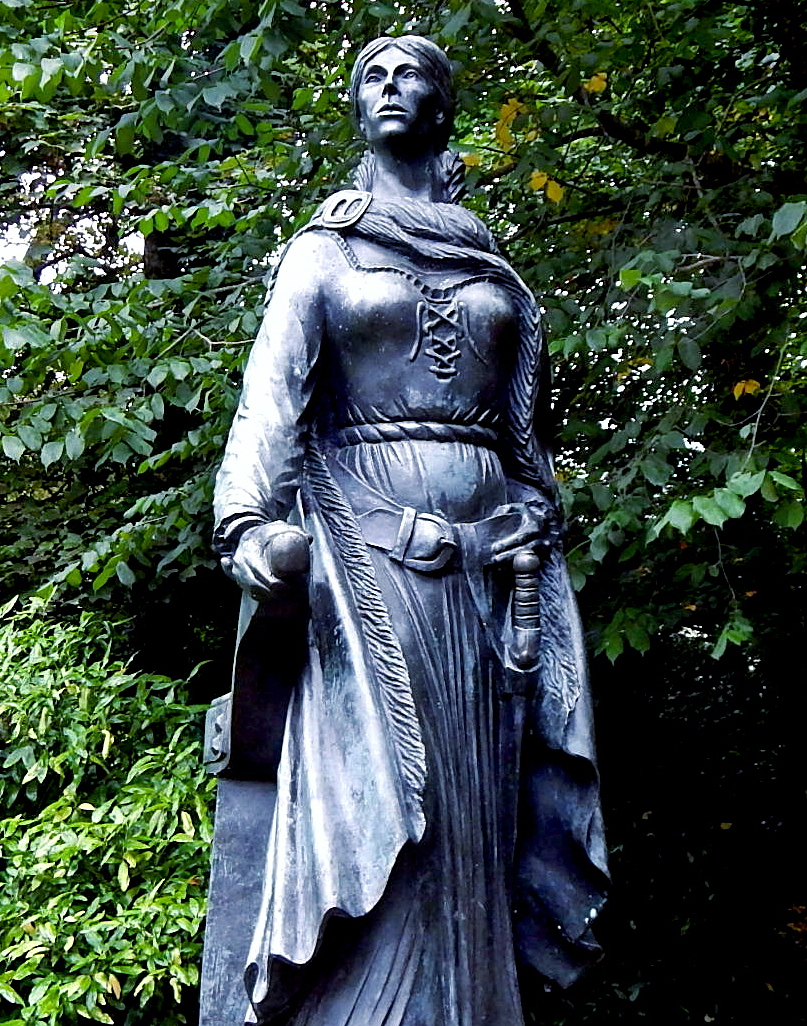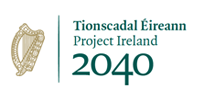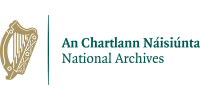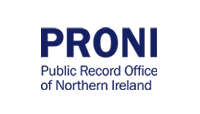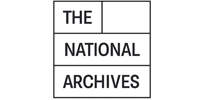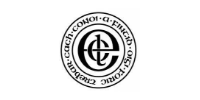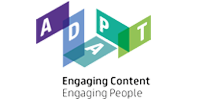Glossary
Here you can find information about important definitions and terms related to structured data and knowledge graphs
Glossary Terms
A
Attribute
A specific piece of information about a person, place, office, or organization entity. Attributes for a ‘person entity’ might include name, date of birth, or religion.
E
Entity
A person, place, office, or organization extracted from historical records.
F
Floruit
A period of time when a person was most active. Used in place of known birth and death dates.
K
Knowledge Graph
A network graph that organizes data in terms of different entities or concepts and connects their attributes and relationships with meaningful links.
L
Linked Data
A Knowledge Graph that is available on the Web and interlinked with additional external Knowledge Graphs, also on the Web.
O
Ontology
A type of controlled vocabulary establishing a shared understanding of concepts, categories, and relationships.
R
Resource Description Framework (RDF)
A standard model for representing and linking structured information on the web, used by the Virtual Treasury to store knowledge graph data.
S
Schema
The framework for recording and organizing an entity’s attributes and relations. Each entity type has its own schema.
Structured Data
Data that conforms to a data model and has a well-defined structure.
Subgraph
A smaller grouping of information within the Knowledge Graph.
T
Triple
- Subject – A thing, often an entity.
- Predicate – Defines the relationship between the subject and the object.
- Object – The entity or attribute related to the subject.
V
Vocabulary
A formal standard for the entity types and relations. It is usually seen as a lightweight version of an ontology.

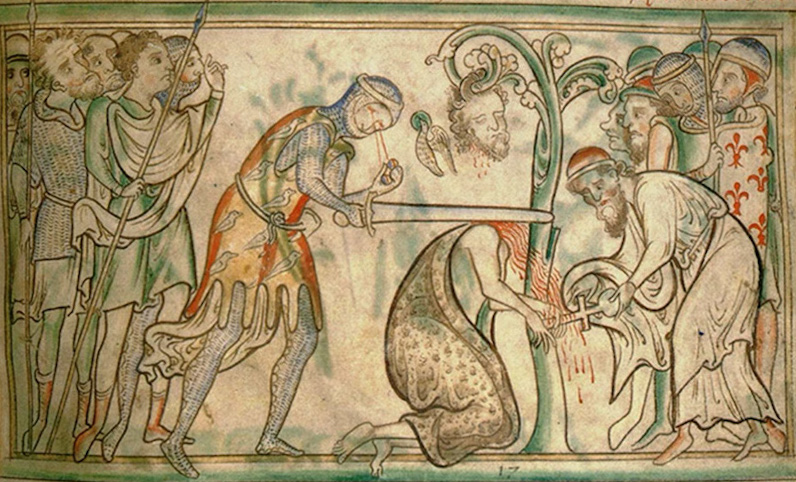
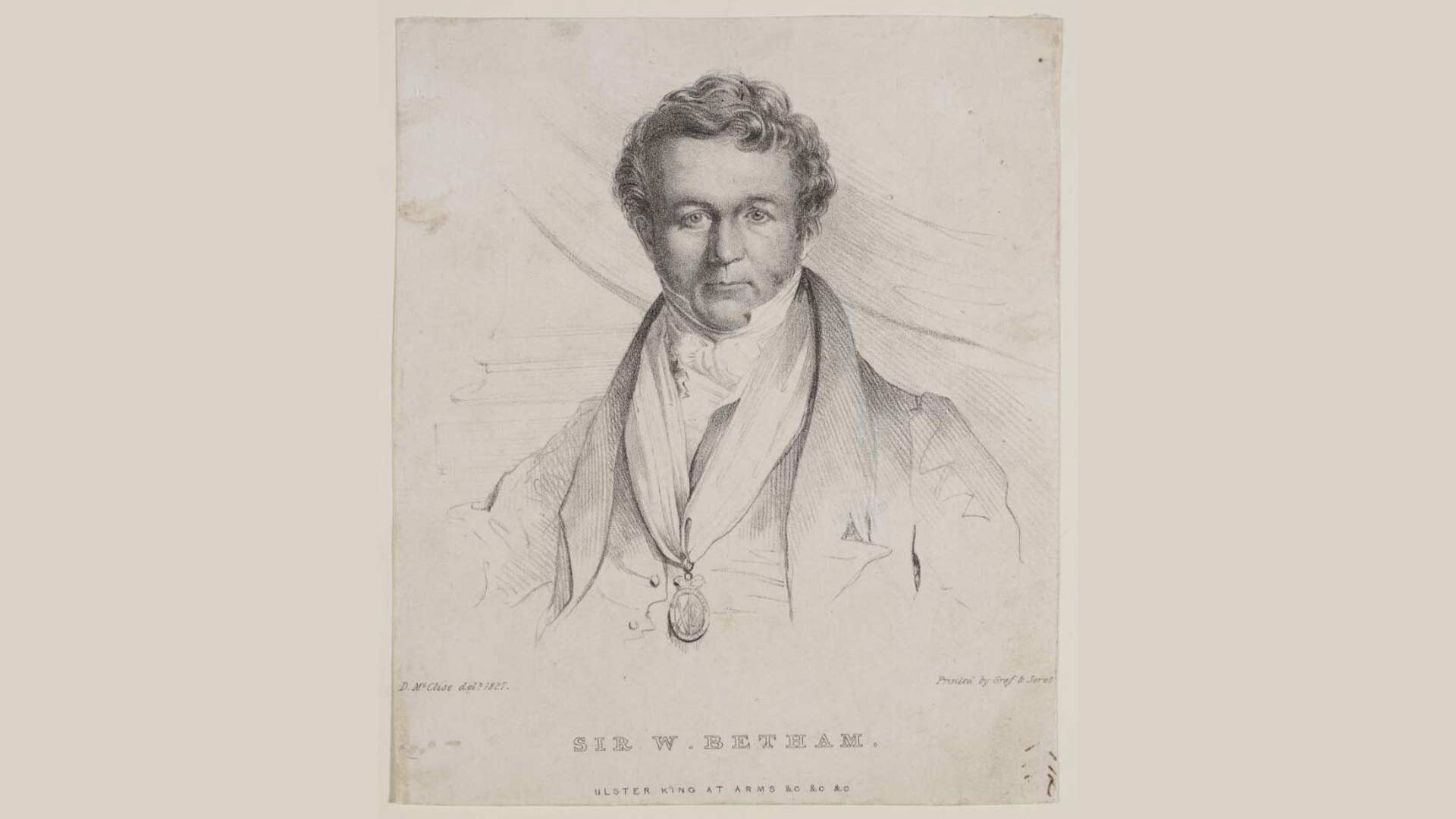
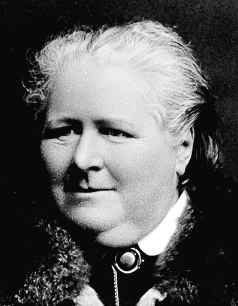
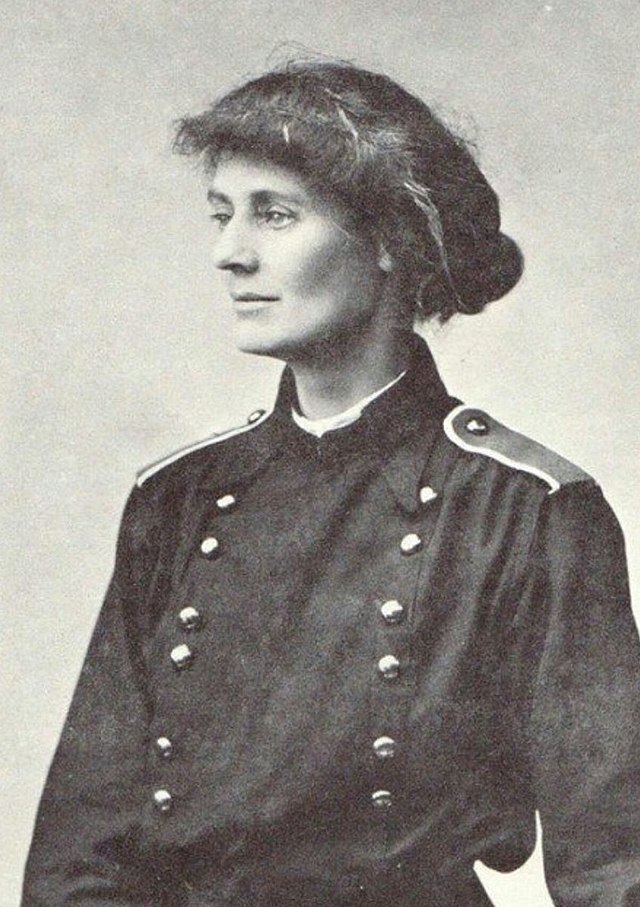
.jpg)













